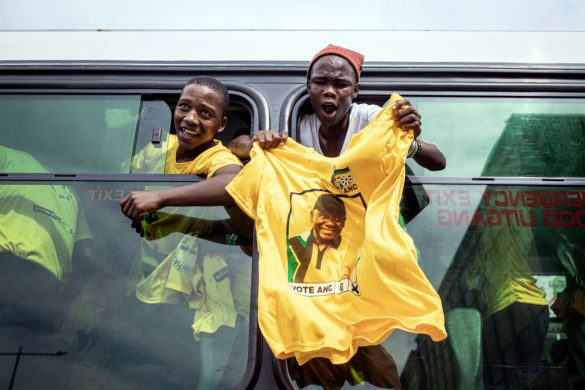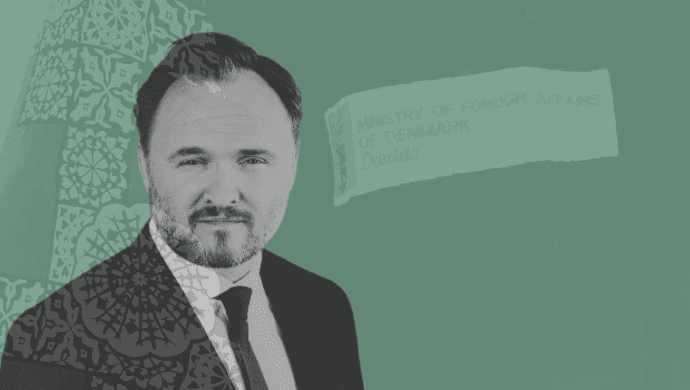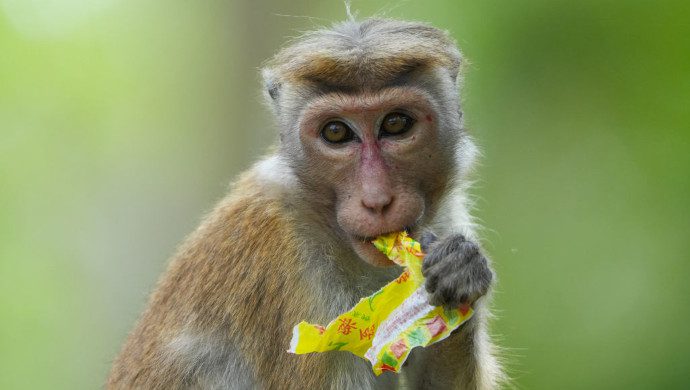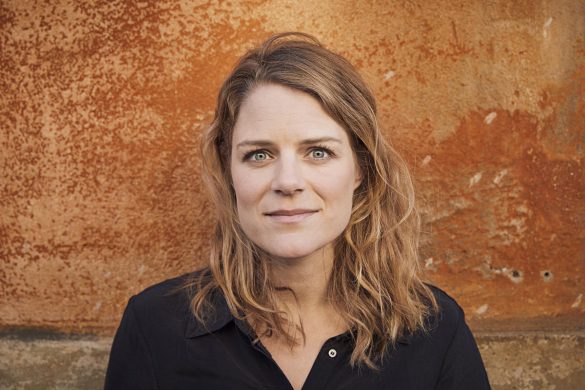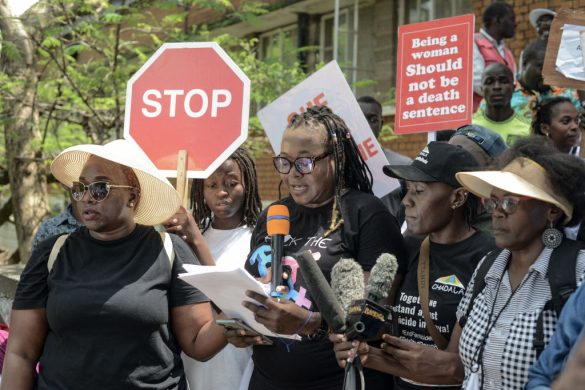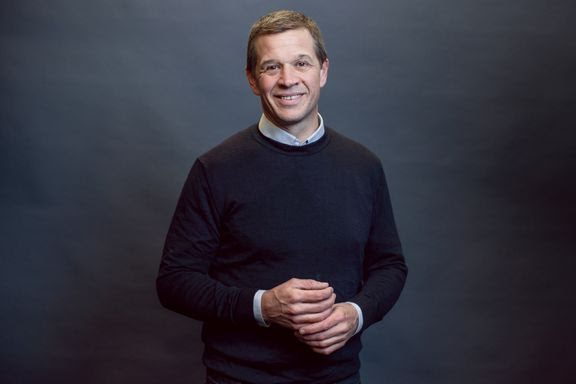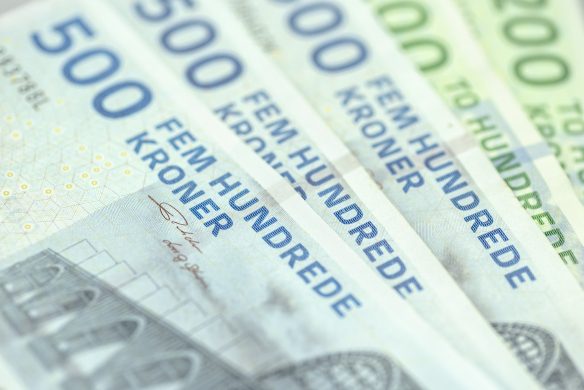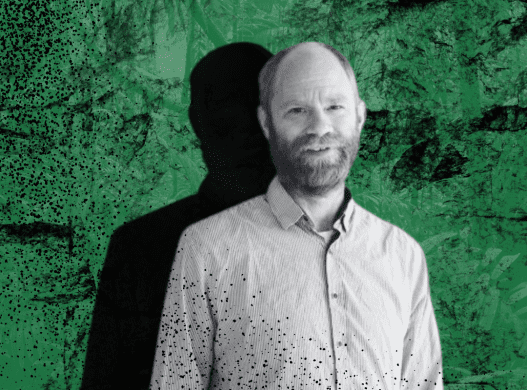Inger Andersen, dansk vicepræsident i Verdensbanken, sagde mandag, at nok har vi opnået uhørt velstand, men det er miljøet, der betaler prisen – derfor skal vi have grøn vækst i fremtiden.
Call for Partners to Join Global Green Growth Platform – “A new way of thinking needed” says World Bank Vice President
COPENHAGEN, 7th March, 2011: Pointing to the “inherently unsus-tainable (indbyggede uholdbare) development path we are on,” World Bank Vice President Inger Andersen Monday called on governments, international aid agencies, and other development partners to join a new global knowledge platform aimed at fostering green growth.
The platform, being developed jointly by the World Bank, the United Nations Environment Programme (UNEP), and the OECD, aims to bring together proponents (fortalere) of sustainable development to promote and implement green growth policies by exchanging knowledge, information, and experience.
– As residents of developed countries, our way to prosperity has come through technological innovation and industrial production, said Andersen, the World Bank’s Vice President for Sustainable Development, noting:
– This has brought many benefits but they have come at a significant price as we have seen depletion (udtømning/nedslidning) of our natural resources and harm to our environment. Increasingly today, we understand the true cost to the planet of this model of economic growth.
– Developing countries are looking for another, better way to pursue their own growth and reduce poverty, leapfrogging (ved at springe over) the polluting age of development. The world needs to have answers, not just for them but for all nations.
HJÆLPER VI MILJØET, HJÆLPER VI OS SELV
Andersen was speaking in Copenhagen where she delivered a lecture at the University of Copenhagen on the theme of green growth.
Carrying out a broad survey of economic progress over almost two decades, since the first Summit on Sustainable Development in Rio de Janeiro in 1992, Andersen said the world today is unquestionably richer, and more people have escaped poverty in a shorter period, than at any other time in human history.
This growth though, said Andersen, has come at a cost to the environ-ment. At the same time, the possibilities of using the environment to stimulate growth and drive innovation have been undervalued.
– In many of the world’s poorest nations, we can see vast tracts of land that have been harmed over decades due to poor land use, over-exploitation of soils, and unsustainable and degrading farming practices, said Andersen, adding:
– This land, about one quarter of all agricultural land in the world, can be rehabilitated and put into productive use.
Inger Andersen:
– As well, many poor countries possess other natural capital in their farms, forests, and ecosystems that can be a primary source of their prosperity. Capitalizing on those riches while, at the same time protecting or enhancing the environment is not mutually exclusive (udelukker ikke hinanden).
– In fact, just the opposite: the environment needs to be at the heart of economic decision-making, alongside concerns for economic and social sustainability.
ENORME MODSIGELSER
Andersen noted several of the contradictions (modsigelser) apparent in economic growth today compared to 1992.
* Globally, more crops and more calories are produced than ever before yet one billion people in developing countries go to bed hungry and undernourished each night.
* Energy efficiency in cars, buildings, and factories has increased exponentially in 20 years yet the growth in greenhouse gas emissions has risen steadily.
* There is increased access to safe drinking water worldwide yet 850 million people still lack it while more countries find themselves at risk of water scarcity.
* More areas of the world are designated as environmentally protected yet species loss (tab af arter) and biodiversity destruction has reached unparalleled heights.
Andersen noted that the World Bank Group has significantly ramped up its sustainable development operations in client countries through a wide variety of programs that support and promote environmental protecti-on, natural resources management, clean energy, efficient transport, safe water, more productive agriculture, and modern urban planning.
She added that getting the right mix of green growth policies can also be a stimulant to the labor market, helping to create jobs in economies where unemployment remains a major economic and social concern.
STORMØDE I RIO OM MILJØET NÆSTE ÅR
Andersen pointed to the 2012 UN summit on sustainable development to be held in Rio de Janeiro as an occasion where the world can take stock of what has been achieved since the first UN summit in that city 20 years ago.
She said that it will also be a time for new commitments backed by specific policy implementation that will demonstrate how world leaders have learned lessons of past development errors and chosen alternatives for the future.
Inger Andersen:
– Embracing green growth is an opportunity for all of us in the international community to demonstrate and share what we know and how we are using that knowledge so that future growth will enhance the triple bottom line of economic, environmental, and social sustainability.
– We owe it to ourselves but, more important, we owe it to our children to do so.
Tilføjelse u-landsnyt:
Verdensbanken er en af de absolutte sværvægtere på udviklingsscenen – banken i Washington D.C. råder over en udlånsportefølje på 100 milliarder dollars (ca. 550 mia. kr.) til at støtte jordbrug, energiforsyning og modvirke følgerne af klimaforandringer.
Man kan se mere om bankens danske vicepræsident for Bæredygtig Udvikling, Inger Andersen, på http://blogs.worldbank.org/climatechange/team/inger-andersen
Se også www.worldbank.org/sustainabledevelopment
Kilde: Pressemeddelelse fra Verdensbanken


